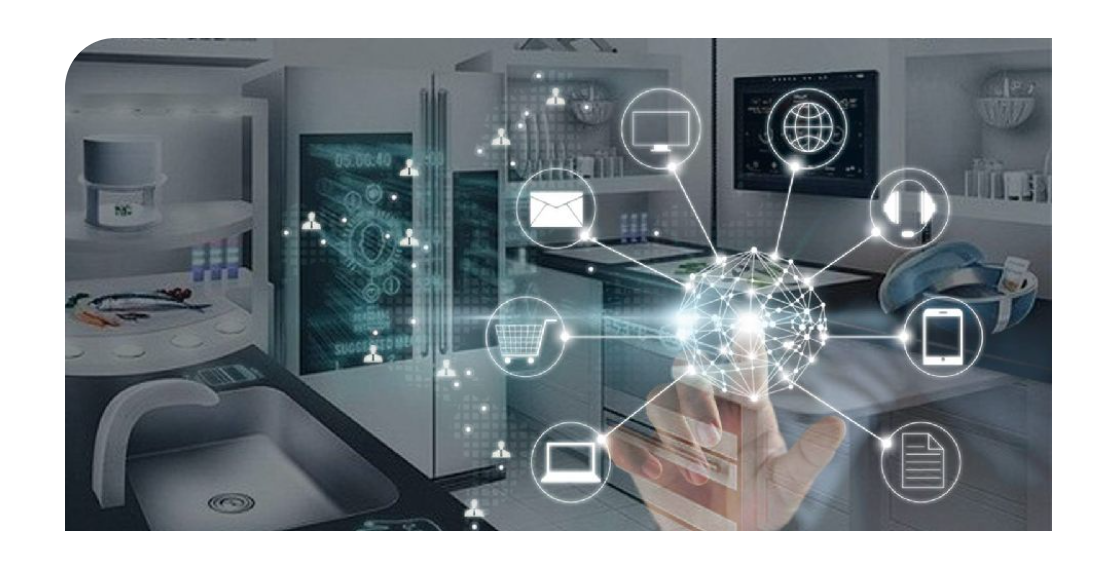In today’s rapidly evolving world, the safety and security of educational institutions such as schools and universities have become paramount. With a growing number of students, staff, and visitors accessing these campuses daily, implementing robust security measures has never been more crucial. Access control systems and gate automation are two cutting-edge technologies that can play a pivotal role in ensuring the safety and well-being of everyone within these academic environments.
Access Control Systems: Empowering Security
Access control systems have emerged as a cornerstone of modern security strategies, offering a multifaceted approach to regulating entry and movement within school and university premises. These systems provide a level of control that traditional lock-and-key mechanisms simply cannot match. Leveraging electronic credentials, such as keycards, biometric scans, or PIN codes, access control systems enable institutions to restrict entry to authorized personnel only.
One of the key advantages of access control systems is their flexibility. Campuses can be divided into zones with varying access levels, ensuring that only authorized individuals can enter sensitive areas. For instance, laboratories storing hazardous materials or administrative offices containing confidential information can be restricted to authorized personnel only. This granularity of control enhances overall security while maintaining the flow of people across the campus.
Moreover, access control systems offer a robust record-keeping feature. Every access attempt is logged, creating an audit trail that can be invaluable for investigating security breaches or incidents. This not only aids in post-incident analysis but also acts as a deterrent against potential wrongdoers.
Gate Automation: A Technological Sentinel
Gate automation, another innovative security solution, is especially effective at controlling access points and bolstering perimeter security. Automated gates provide several advantages over traditional manual gates, including speed, accuracy, and ease of use.
Automated gates can be equipped with various authentication methods integrated into the access control system. These methods range from RFID card readers and biometric scanners to license plate recognition systems. As vehicles approach the gate, the technology swiftly identifies authorized personnel or registered vehicles, ensuring a seamless and secure entry process.
Beyond controlled access, gate automation also enhances traffic management. During peak hours, such as the start and end of the school day, automated gates can be programmed to accommodate high volumes of vehicles while maintaining a steady flow. This not only minimizes congestion but also reduces the risk of accidents caused by overcrowding and traffic jams.
Creating a Comprehensive Security Ecosystem
While access control systems and gate automation are potent tools individually, their true strength lies in their integration into a comprehensive security ecosystem. When combined, these technologies create a robust defense against potential threats. For instance, an access control system can be linked to gate automation, ensuring that only authorized vehicles can enter the premises during specific hours.
In emergency situations, these integrated systems prove invaluable. With the ability to lockdown the entire campus at a moment’s notice, administrators can respond swiftly to potential threats, keeping students and staff safe until law enforcement or emergency responders arrive. This rapid response capability can be a game-changer in crisis situations.
The Return on Investment: Safety, Peace of Mind, and Reputation
Investing in access control systems and gate automation for schools and universities is not just a matter of security; it’s a matter of providing a conducive environment for learning and personal development. By proactively implementing these technologies, educational institutions demonstrate their commitment to the safety and well-being of their students and staff.
Furthermore, this commitment extends to the perception of the institution. Parents, guardians, and prospective students are increasingly concerned about safety measures when selecting an educational facility. A well-implemented security system can enhance an institution’s reputation, attracting not only students but also talented faculty members.
In conclusion, as the world becomes more interconnected, educational institutions must embrace technological advancements to ensure the safety and security of their campuses. Access control systems and gate automation offer a potent combination of security, convenience, and efficiency. By utilizing these technologies, schools and universities can create an environment where learning flourishes without compromising safety. The investment in these systems is an investment in the future — a future where educational spaces remain sanctuaries of knowledge and growth.




